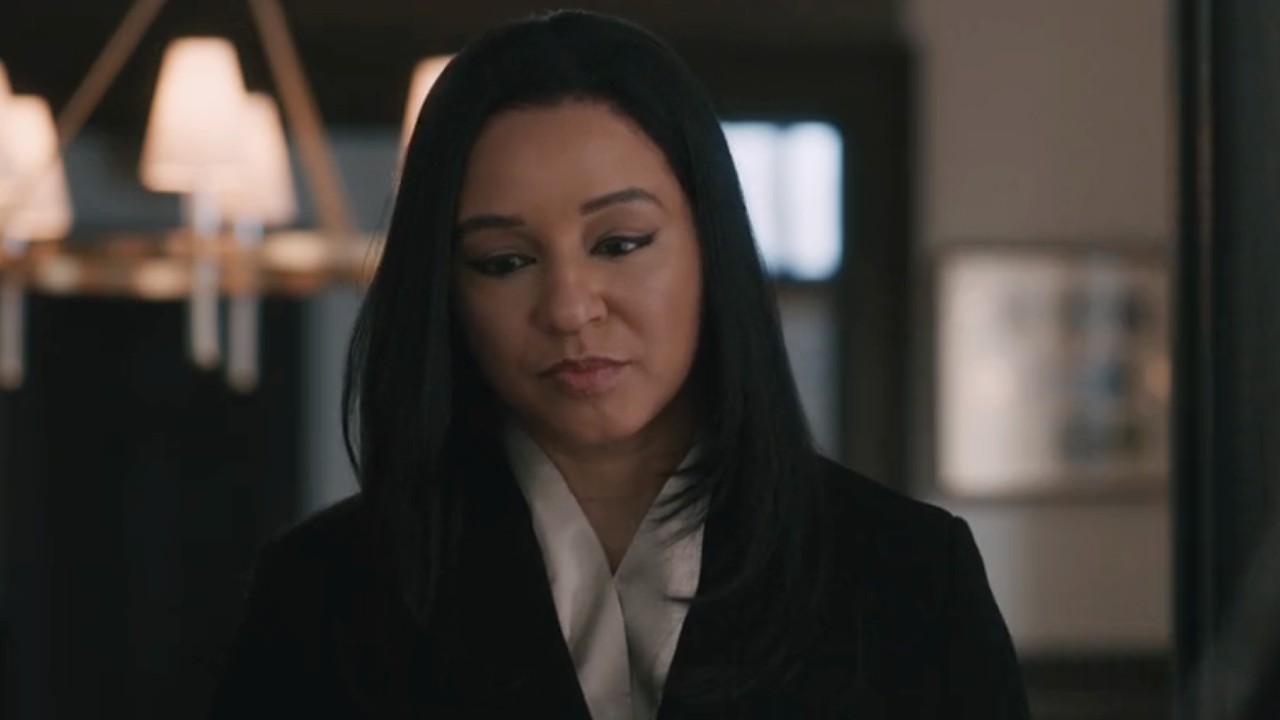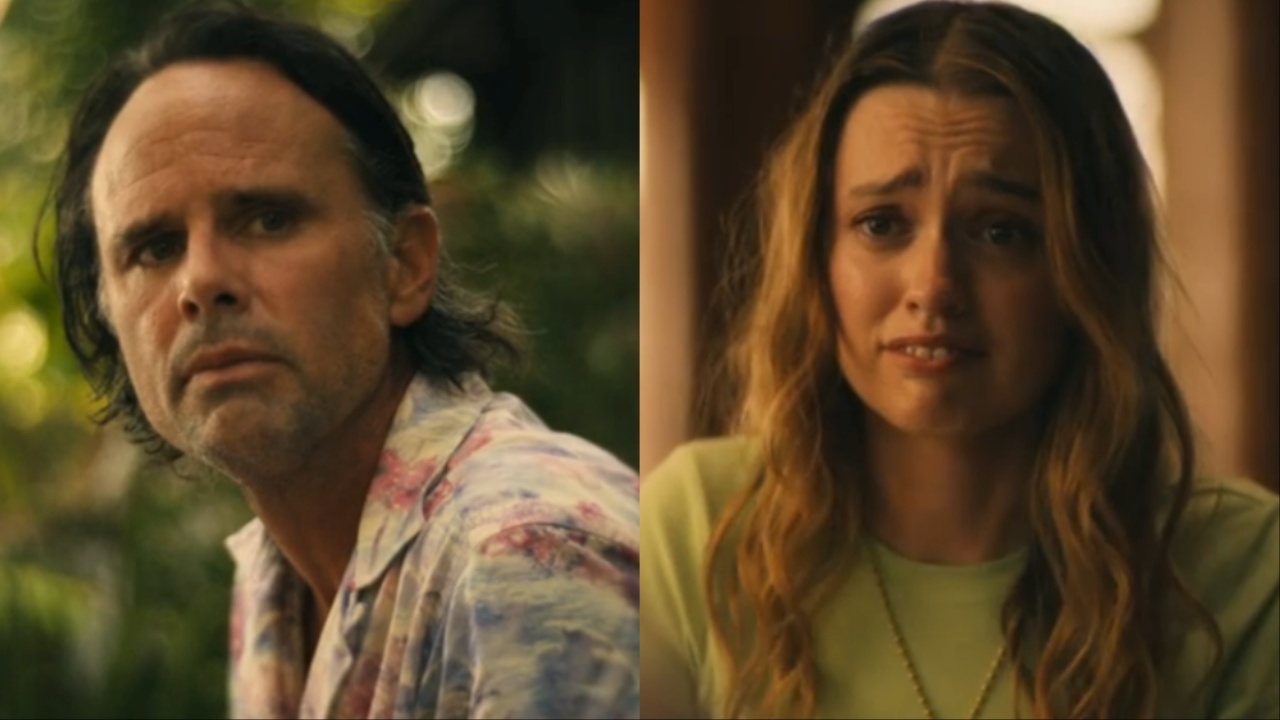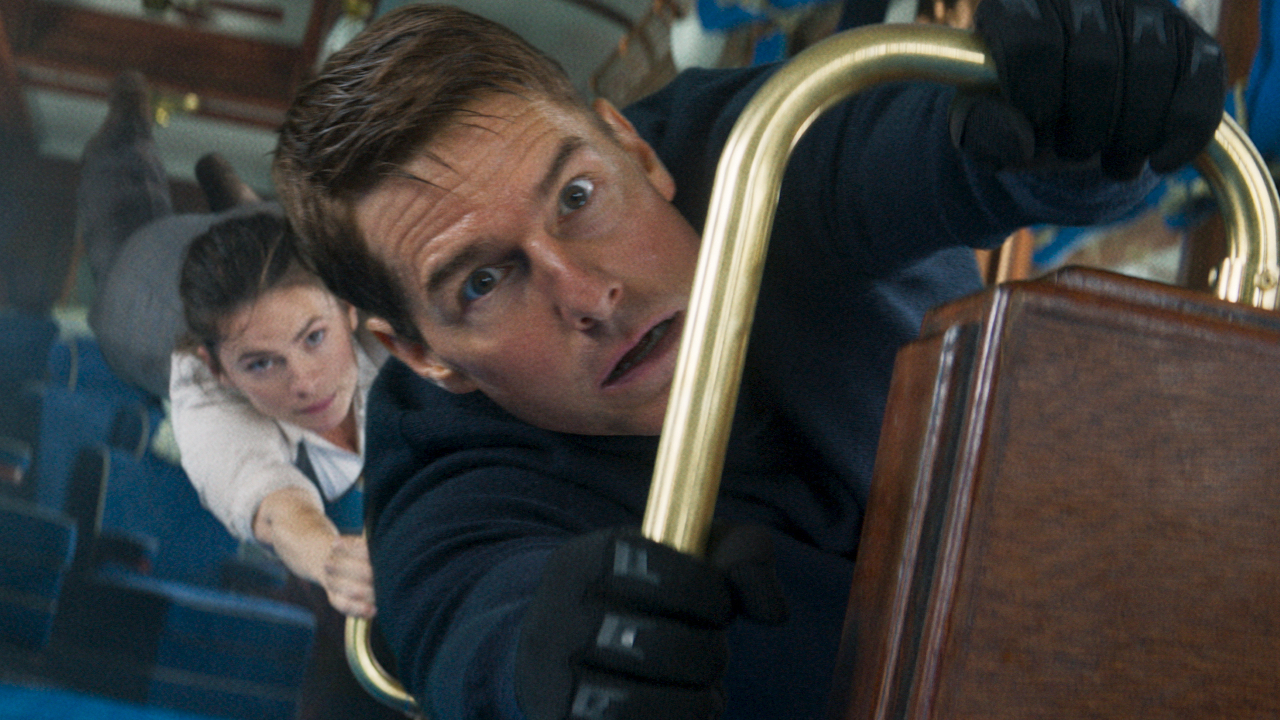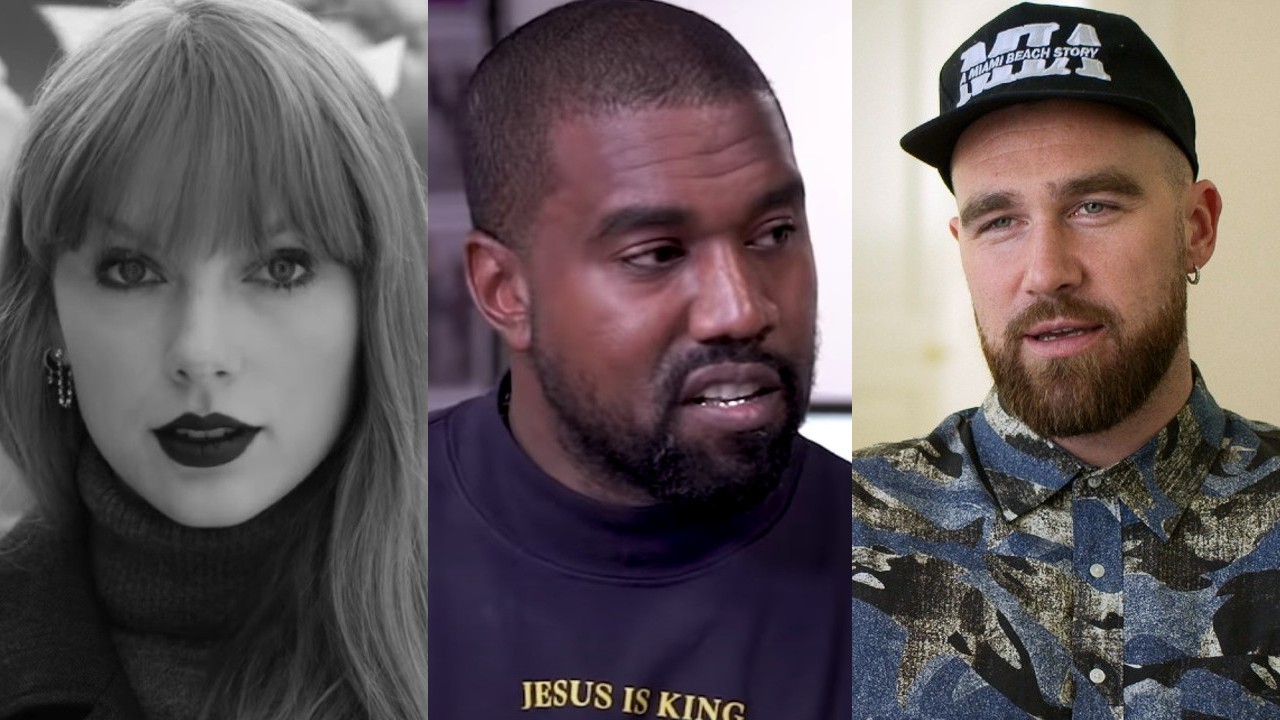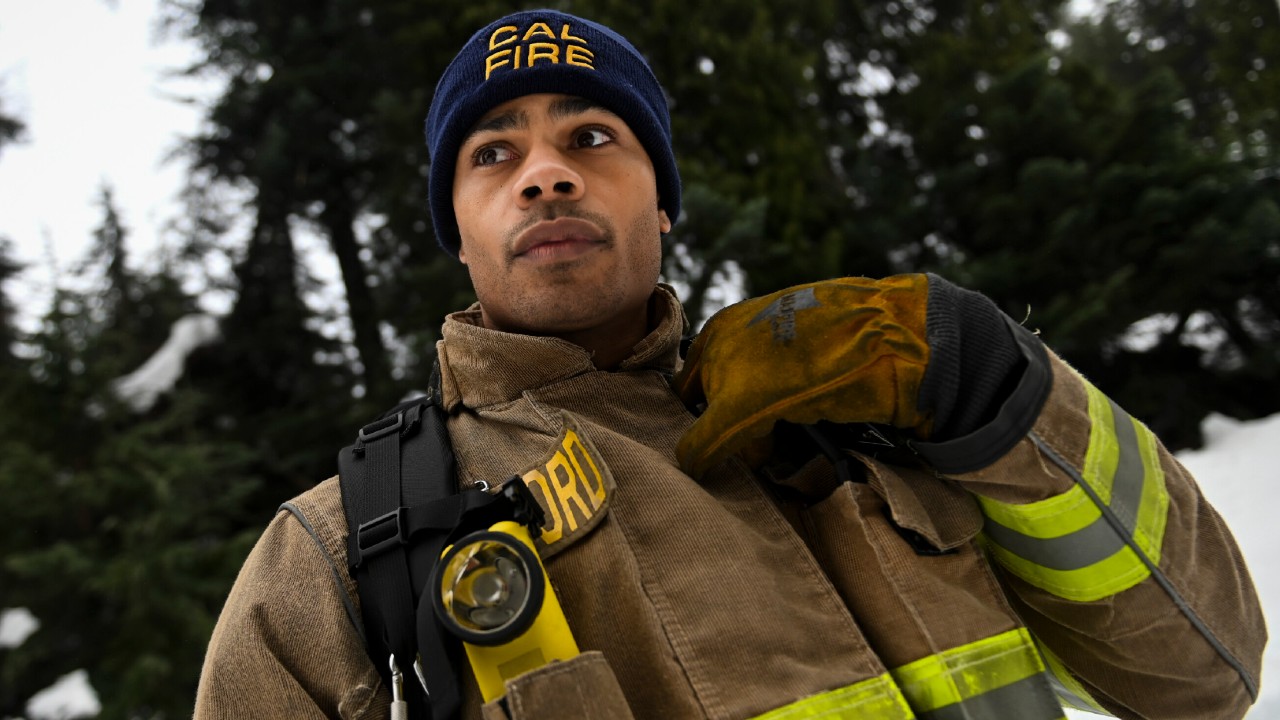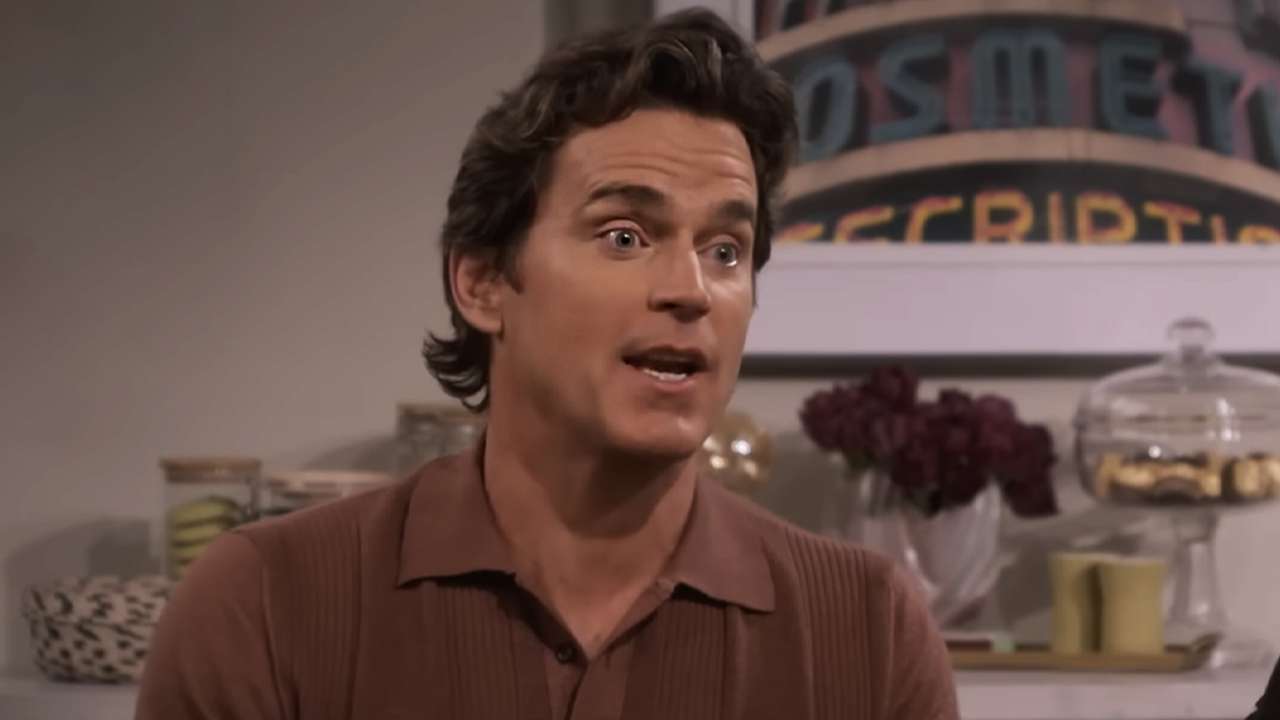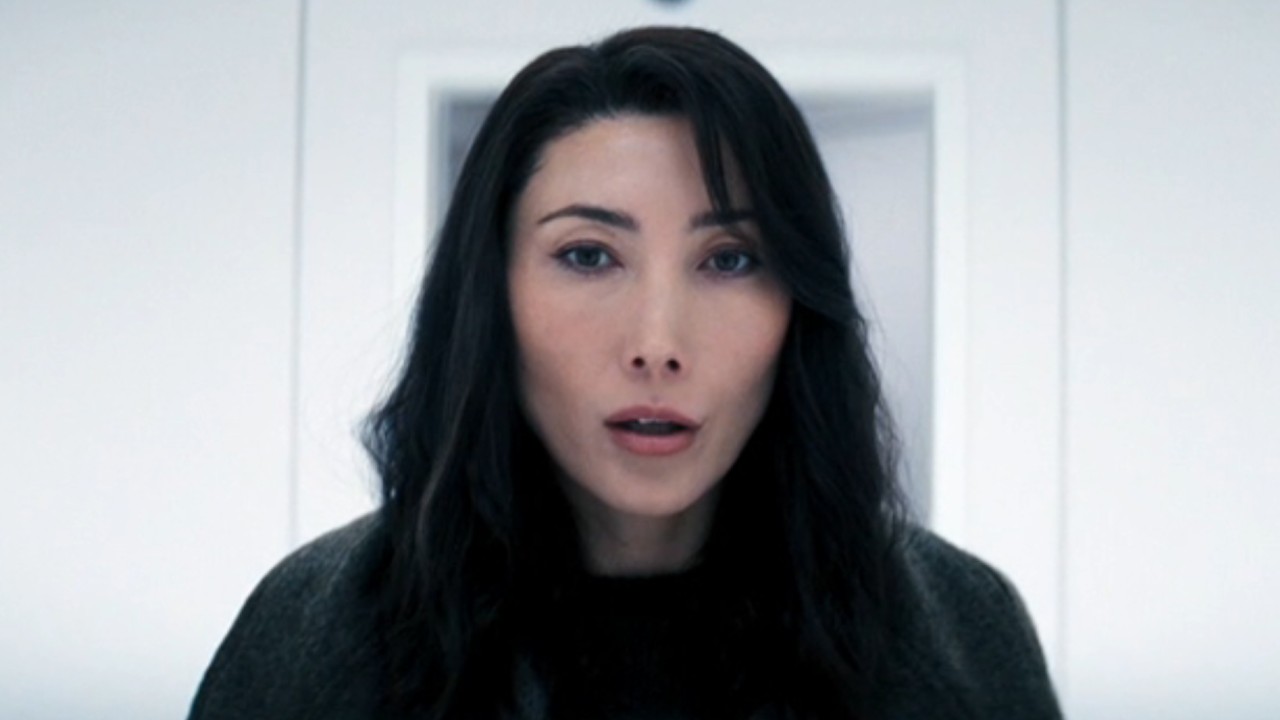Pixar's Onward: 5 Fantasy References From The Movie Explained
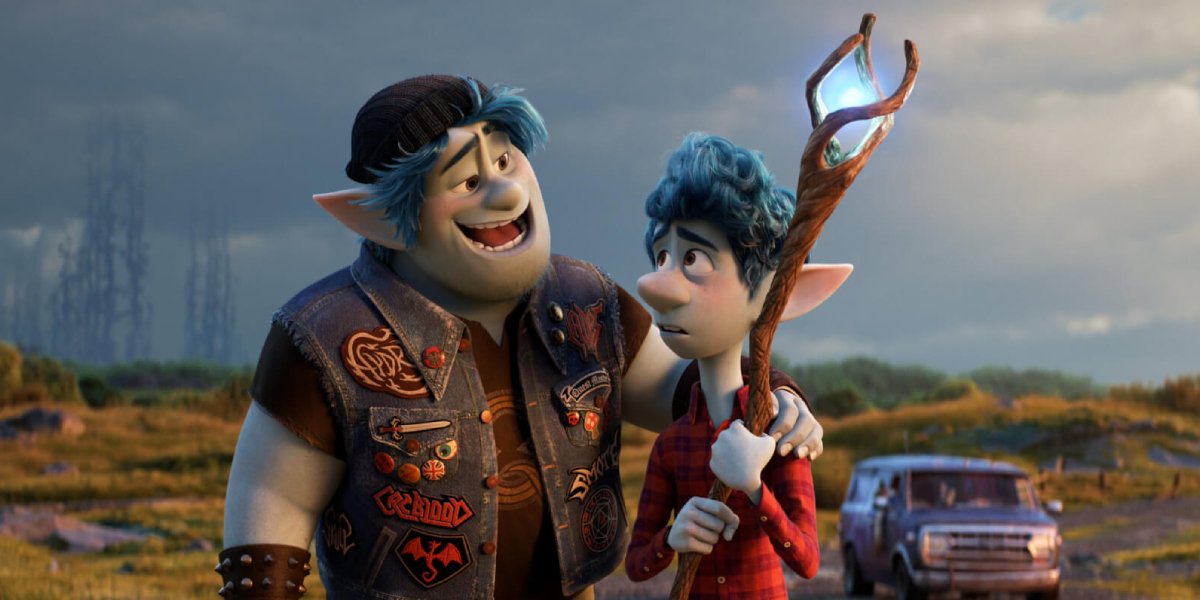
Pixar has dabbled in the fantasy genre before, such as their 2012 take on a Scottish folktale, Brave, but never quite like it has with Onward. The animated movie takes place in a modern-day world filled with mythical creatures who have abandoned magic for the practical solutions that technological progress has blessed them with, but when the discovery of a wizard’s staff gives elven brothers Ian (Tom Holland) and Barley Lightfoot (Chris Pratt) a chance to reconnect with their late father, they embark on a quest to complete his resurrection and prove there is still some magic left.
On their journey, Ian and Barley encounter their fair share of magical spells, various creatures of traditional legend, and, this being a modern-day comedy, plenty of humorous references that fuse fantasy with urban reality. While the origins of most fantasy elements in Onward are clear, such as the site of unicorns acting much like possums or a centaur police officer who unwittingly bumps into things with his back-half, those with less interest in fantasy might be questioning the larger meaning behind some notable characters, jokes, and a few Easter eggs.
Thus, I have taken a deeper dive some of the lesser known figures of folklore and hidden gems that might have gone over your head from Onward. These are some of the coolest fantasy references from Pixar’s latest feature explained.
WARNING: the following article may contain mild spoilers to Onward. If you would rather to embark on Pixar’s epic magic quest with a fresh mind, we recommend saving this article for after your see the film.
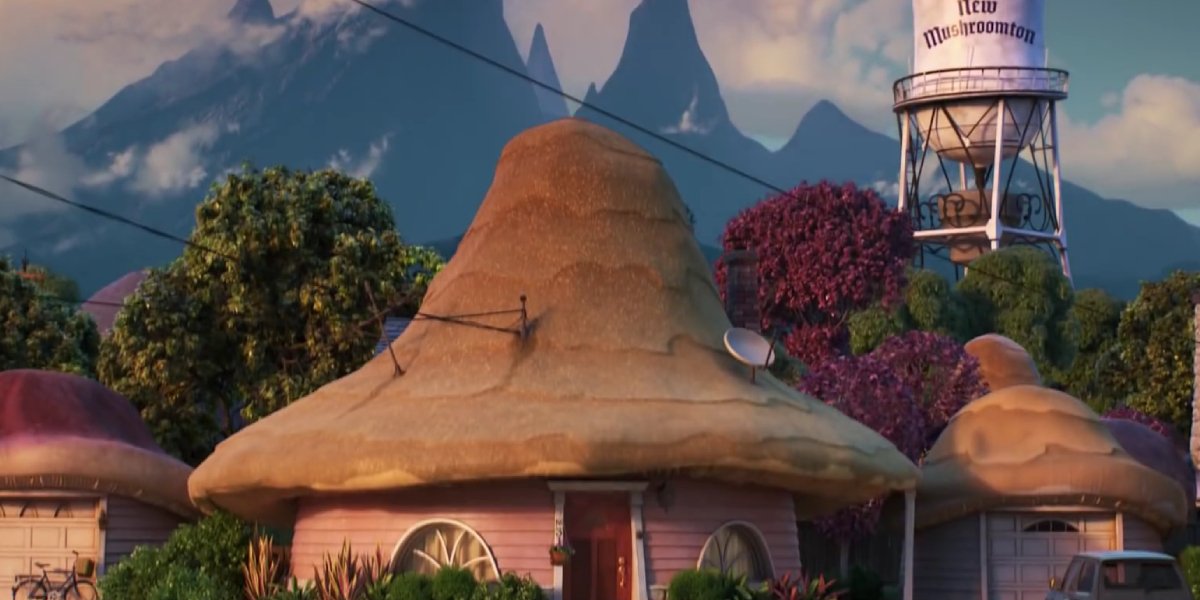
Why Do Elves Live In Mushrooms?
For human folks, mushrooms can make for a great pizza topping or are synonymous with cloud left by an atomic explosion, but, for Ian, Barley, their mother, Laurel Lightfoot (Julia Louis-Dreyfus), and other elven residents of their neighborhood, mushrooms are what they call home in Onward. Heck, their town is even called New Mushroomton. This concept, reimagined for the movie’s modern setting, is ripped straight from the pages of traditional folklore (and much of the fantasy art it has inspired) depicting the likes of gnomes, elves, and other creatures making themselves at home underneath (or inside) the fungi that has grown within their woodland environment.
However, not all mushrooms in fantasy lore are presented with an inviting context. There is a legend that originated in Western Europe that suggests a circle of mushrooms, referred to as a “fairy ring,” is created by a group of dancing fairies and could result in dire consequences, such as early death or eternal entrapment in the fairy realm, if stepped inside. That could also explain why the biker fairies that appear in Onward give Ian and Barley such a hard time.

Urban Establishments Pay Cheeky Tribute To Classic Stories
Being a modernized take on mythical folklore, most of the classic fantasy elements featured in Onward are clearly integral to the plot, while some of its iconography is hidden in plain sight for the pleasure of Easter Egg hunters, or just played for laughs. Examples of these are cleverly inserted throughout the film’s urban setting, such as the Manticore’s Tavern (which turns out to be a tavern for eating) or the fueling station dubbed “Swamp Gas,” but some require a more eagle-eyed perspective to spot.
CINEMABLEND NEWSLETTER
Your Daily Blend of Entertainment News
For instance, a grocery store spotted at one point is called “Sword in the Scone,” clearly a nod to the legend of King Arthur’s enchanted weapon, Excalibur and one fast food restaurant's menu item is called “Second Breakfast,” a reference to a hobbit’s daily meal between breakfast and lunch as mentioned by Pippin (Billy Boyd) in The Lord of the Rings: The Fellowship of the Rings. Speaking of Tolkein, instead of Mountain Dew, Mt. Doom is among the beverages served at Manticore's Tavern.
To reference another popular franchise, the convenience store at Swamp Gas station sells a product called Longbottom, which seems to be paying tribute to the snake-slaying Harry Potter character Neville Longbottom.
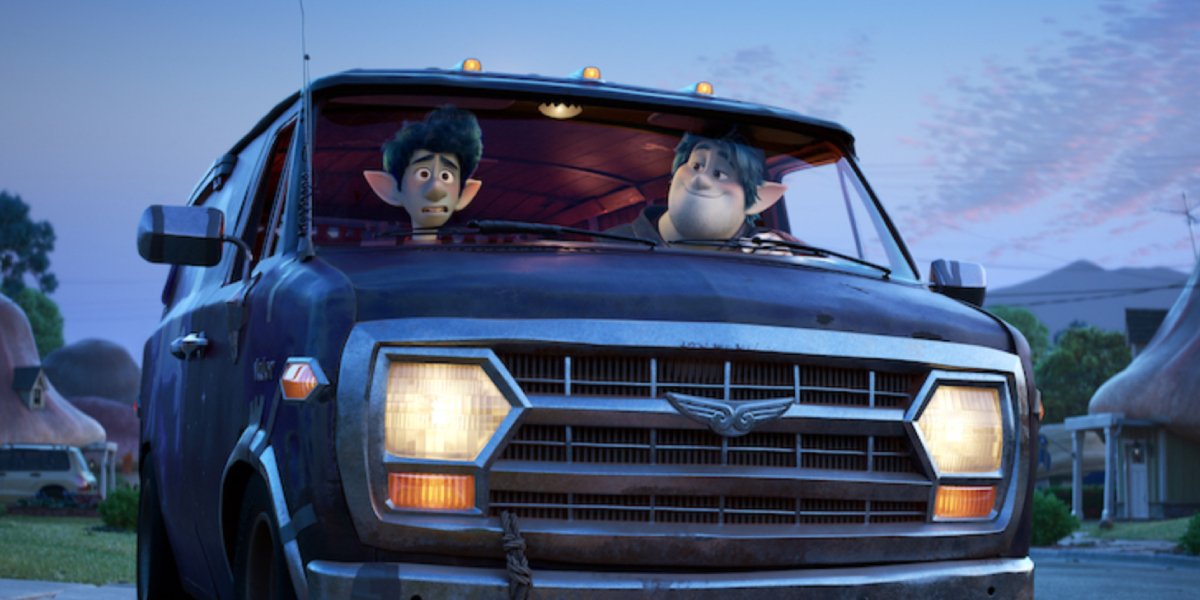
Why Is Barley’s Van Named Guinevere?
Barley Lightfoot’s immodest enthusiasm with all things fantasy (or, in the case of Onward, “historical”) serves as an unnecessarily huge influence on his life, from the patches that embroider his denim vest to his Elizabethan vocabulary, until his expertise eventually proves handy throughout his and Ian’s quest. The most potent example of how his obsession informs his reality is his van, which bears the name Guinevere (or “GWNIVER,” as the license plate reads).
To viewers of Onward without extensive knowledge in folklore, this name probably rings little bells outside sounding intriguingly “medieval,” but it actually refers to the wife of King Arthur. Guinevere has been depicted in Arthurian legend in various lights, from a woman of great virtuosity, a noble warrior, and even an adulteress secretly in love with Sir Lancelot. I would like to assume that Barley had those first two descriptions in mind when choosing the name of his trusted transport.
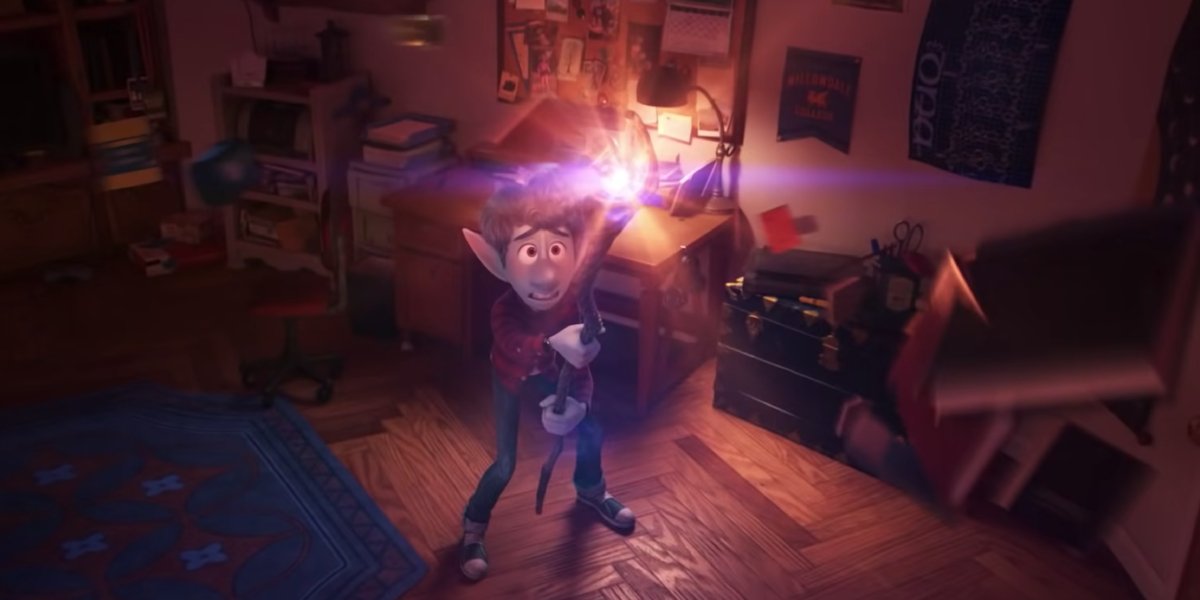
What Is The Phoenix Gem?
In order to complete their father’s resurrection beyond just his lower-half, Ian and Barley must retrieve one of the last remaining Phoenix Gems - a mystical artifact used to enhance the power of a wizard’s staff. That description alone is enough to convince a casual fantasy enthusiast that this object might originate from known mythical legend, but does it really? Well, kind of.
While the Phoenix Gem is an original creation for the film, its name and purpose bears a strong similarity to the Egg of the Phoenix, which participants of the famed roleplaying game Dungeons and Dragons may recognize as an item that bestows a new or enhanced ability to cast spells onto those who possess it. If this is not proof that Onward, at its core, is Pixar’s own D&D campaign brought to life, I do not know what is.
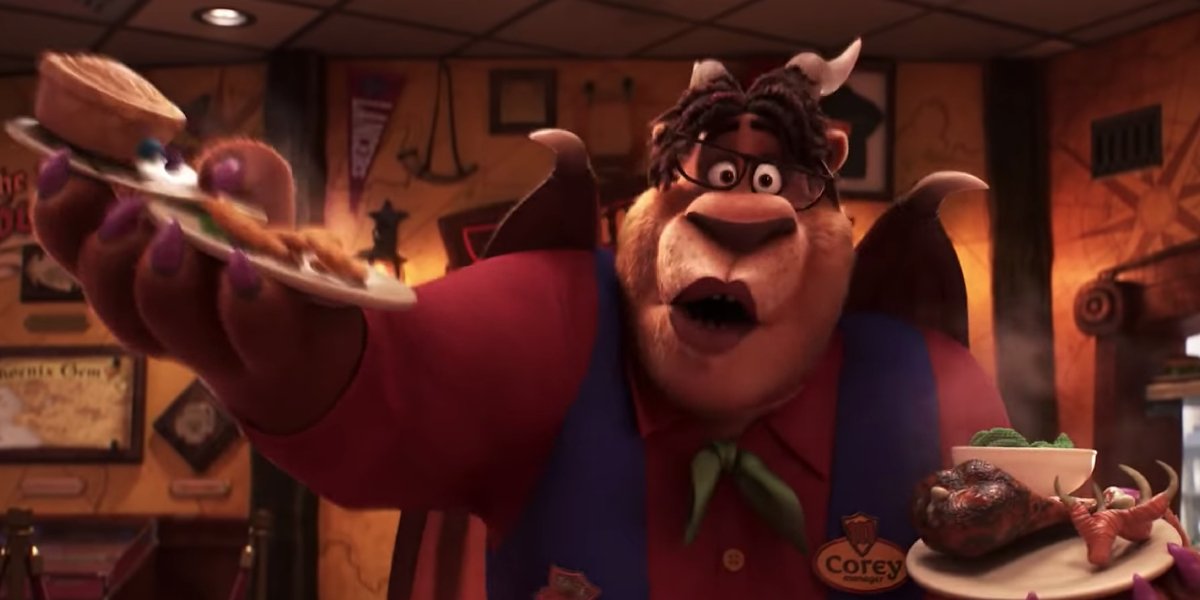
What Is The Manticore?
At the beginning of their journey in Onward, Barley promises to his younger brother, Ian, that the secret to locating the Phoenix Gem lies with the fearsome creature known as the Manticore, who turns out to be a restaurant manager named Cory (Octavia Spencer) who has since retired from her days as a warrior beast. According to fantasy legend, however, the Manticore is just what Barley suggested.
Octavia Spencer’s Onward character does match the traditional appearance of a Manticore, which bears the body of a lion, the tail of a scorpion, and wings like a dragon, but, according to Persian mythology, the creature is also said to be undefeatable and unmatched by any other creature due to its gargantuan appearance, incredible speed, and deadly sting. Cory, on the other hand, is not without her weaknesses, such as forgetfulness, energy drinks, and mid-life crises, but she does finally come through when Laurel enlists her help in saving her sons.

Jason Wiese writes feature stories for CinemaBlend. His occupation results from years dreaming of a filmmaking career, settling on a "professional film fan" career, studying journalism at Lindenwood University in St. Charles, MO (where he served as Culture Editor for its student-run print and online publications), and a brief stint of reviewing movies for fun. He would later continue that side-hustle of film criticism on TikTok (@wiesewisdom), where he posts videos on a semi-weekly basis. Look for his name in almost any article about Batman.
